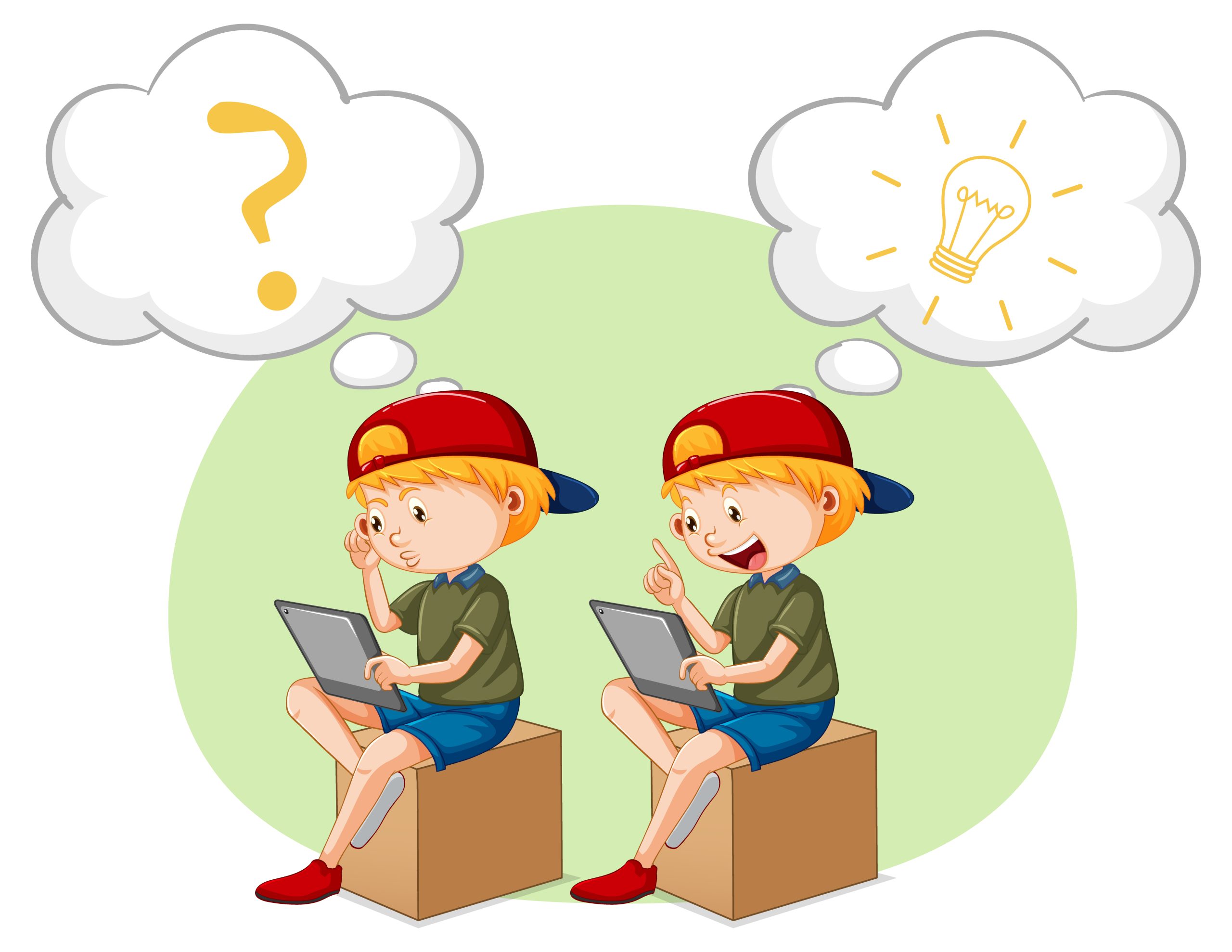As you delve into the enigmatic realm of ‘Who Did It’ riddles for kids, you’ll find yourself immersed in a world of hidden truths and perplexing mysteries. These riddles, like a key to a locked door, challenge young minds to think critically and use their analytical skills to uncover the identity of the culprit. With each riddle, a web of clues is woven, leaving you hanging on the edge of your seat, eager to unravel the puzzle and solve the mystery. So, put on your detective hat and prepare to embark on a thrilling journey where every twist and turn brings you closer to the truth.
Benefits of Who Did It Riddles for Kids
Engaging in ‘Who Did It’ riddles provides you with a fun and interactive way to develop your problem-solving and critical thinking skills. These riddles require you to use logic and observation to uncover the truth behind a mysterious event. As you solve these riddles, you will learn how to carefully analyze the clues, identify patterns, and make logical deductions. This process improves your observation skills and trains you to pay attention to even the smallest details.
Another important aspect of ‘Who Did It’ riddles is the importance of teamwork. Solving these riddles with others encourages collaboration and cooperation. You can work together with friends or family members to pool your ideas and insights. By combining your different perspectives, you can enhance your deductive reasoning abilities and come up with more creative solutions.
The thrill of unraveling the mystery in ‘Who Did It’ riddles is also a major benefit. As you get closer to solving the riddle, you will feel a sense of excitement and anticipation. The satisfaction of finally uncovering the truth is incredibly rewarding and boosts your confidence in your problem-solving skills. So, get ready to embark on a thrilling adventure filled with logic, observation, teamwork, deductive reasoning, and the joy of unraveling mysteries!
How to Play Who Did It Riddles With Your Child
Now that you understand the benefits of ‘Who Did It’ riddles for kids, it’s time to dive into the exciting world of playing these riddles with your child. Playing ‘Who Did It’ riddles not only provides entertainment, but also promotes problem-solving skills, family bonding, and language development in your little one. Here are some tips for introducing ‘Who Did It’ riddles to preschoolers:
- Keep it simple: Start with easy riddles that your child can understand and solve. This will build their confidence and keep them engaged.
- Use visual aids: Incorporate pictures or props to support your child’s understanding of the riddles. This visual stimulation will enhance their comprehension and critical thinking skills.
- Make it a game: Hide the riddles around the house and turn it into a scavenger hunt. This adds an element of excitement and encourages active participation.
- Encourage discussion: After solving a riddle, ask your child to explain their thought process and reasoning. This promotes language development and strengthens their communication skills.
Who Did It Riddle Tips for Kids
To make the most of playing ‘Who Did It’ riddles with your child, here are some helpful tips to keep in mind. First, explore different variations of the game to keep things exciting. You can try incorporating ‘Who Did It’ riddles into parties by creating a mystery theme and having the kids solve riddles to figure out who committed the imaginary crime. Another idea is to create ‘Who Did It’ riddle worksheets for your child to solve on their own or with friends. This can be a fun activity for rainy days or long car rides.
‘Who Did It’ riddles are also a great way to bond as a family. Set aside some time each week for a ‘Who Did It’ riddle night where everyone takes turns coming up with riddles for the others to solve. This not only strengthens family relationships but also promotes critical thinking and problem-solving skills.
If you’re a teacher, consider incorporating ‘Who Did It’ riddles into your classroom activities. Use them as warm-up exercises or as a reward for good behavior. This will engage your students and make learning more enjoyable.
Who Did It Riddle Examples
Let’s dive into some exciting ‘Who Did It’ riddle examples that will challenge your detective skills! Here are three fun scenarios for who did it riddles:
- Incorporating who did it riddles in parties or gatherings:
- Set up a crime scene at your party where a valuable object has gone missing. Encourage the guests to dress up as suspects and use props like magnifying glasses and detective hats to enhance the experience. Then, give each person a personalized riddle that provides clues to their innocence or guilt.
- Create a murder mystery dinner where everyone plays a character and must solve the crime. Use costumes, props, and even a fake crime scene to make it more immersive. Each participant can receive a riddle that reveals their role in the mystery.
- Using props and costumes for who did it riddle setups:
- Create a riddle that involves a stolen treasure hidden in a pirate’s treasure chest. Use a pirate-themed costume and props like a treasure map, eyepatch, and fake coins to set the stage. The riddle can provide clues to the identity of the thief among the suspects.
- Set up a detective-themed escape room where participants must solve a series of riddles to find the missing object. Use props like locked boxes, secret compartments, and hidden clues to make it more interactive and engaging.
- Creating personalized who did it riddles for kids:
- Tailor the riddles to match the interests and hobbies of the kids. For example, if they love superheroes, create a riddle where a superhero’s cape has gone missing and they must figure out which superhero is the culprit.
- Incorporate familiar characters from books, movies, or TV shows into the riddles. For instance, create a riddle involving a stolen wand at a wizard school, and the kids have to determine which student is responsible.
Who Did It Riddle Solutions
Get ready to uncover the mysteries and solve the puzzles as we reveal the solutions to these intriguing ‘Who Did It’ riddles! Solving ‘Who Did It’ riddles comes with a range of benefits for kids. It nurtures their passion and creativity, fosters their strength and confidence, and develops their critical thinking and problem-solving skills. But sometimes, these riddles can present challenges. That’s where the solutions come in. By using strategies like carefully analyzing the clues, considering alternative possibilities, and thinking outside the box, you can crack the case and find out who did it. The solutions to these riddles may vary, so it’s important to think critically and consider all the evidence. Don’t be afraid to ask for help or collaborate with others to solve the mystery. With practice and perseverance, you’ll become a master detective in no time! So, put on your detective hat and get ready to unravel the secrets hidden within these ‘Who Did It’ riddles.
Tips for Playing Who Did It Riddles With Kids
When playing Who Did It riddles with kids, it’s important to keep the game fun, interactive, and engaging. Here are some tips for setting up Who Did It riddle scenarios and incorporating them into family bonding activities, as well as ways to present these riddles to preschoolers:
- Set up scenarios: Create a story or situation where a mystery needs to be solved. This could be a missing object or a mysterious event that needs an explanation.
- Incorporate riddles in family bonding activities: Use Who Did It riddles as a fun and educational activity during family game nights or gatherings. It can be a great way to engage everyone and promote teamwork.
- Present riddles to preschoolers: Simplify the riddles and use visual aids such as pictures or props to support understanding. Encourage them to think aloud and discuss their ideas.
- Emphasize critical thinking: Who Did It riddles promote critical thinking skills by requiring children to analyze clues and think logically to solve the mystery. Encourage them to think outside the box and consider different possibilities.
- Benefits for cognitive development: Playing Who Did It riddles helps children develop problem-solving skills, logical reasoning abilities, and enhances their critical thinking skills. It also promotes memory retention and stimulates creativity.
Benefits of Who Did It Riddles for Children
Who Did It riddles offer a wide range of benefits for children, fostering their cognitive development and enhancing critical thinking skills. Solving these riddles not only provides entertainment but also helps children develop problem-solving skills, improve their critical thinking abilities, and enhance their language development.
| Developmental Advantages | Cognitive Growth | Problem Solving Skills |
|---|---|---|
| Enhances critical thinking abilities | Promotes logical reasoning | Develops lateral thinking |
| Boosts problem-solving skills | Improves pattern recognition | Stimulates creativity |
| Enhances language and vocabulary skills | Increases comprehension | Promotes a love for learning |
Through the process of deciphering clues and identifying the culprit in Who Did It riddles, children are actively engaged in analytical thinking and deduction. They learn to analyze information, make logical connections, and draw conclusions. This helps them develop their problem-solving skills, as they learn to break down complex problems into manageable parts.
Furthermore, solving Who Did It riddles requires children to think critically and consider different possibilities. They need to evaluate evidence, think outside the box, and use their reasoning skills to determine the solution. This enhances their critical thinking abilities and encourages them to approach problems from different perspectives.
Language development is also promoted through Who Did It riddles, as children engage in reading and interpreting written clues. They expand their vocabulary, improve their comprehension skills, and learn to express their thoughts and ideas effectively. All of these benefits contribute to the overall cognitive growth of children, preparing them for future academic challenges and fostering a love for intellectual challenges and learning.
Mystery and Detective Riddles for Children
Step into the world of mystery and intrigue with captivating detective riddles that will challenge and entertain children of all ages. Get ready to embark on thrilling adventures filled with engaging storytelling, as these riddles are designed to develop deductive reasoning skills and promote teamwork and collaboration. As children solve these brain-teasing mysteries, they enhance their problem-solving skills and learn to think critically. The suspense and excitement build with each clue uncovered, keeping children engaged and eager to unravel the truth.
- Engaging storytelling: Detective riddles immerse children in intriguing narratives that captivate their imagination.
- Developing deductive reasoning: These riddles encourage children to analyze clues, make logical connections, and draw conclusions.
- Promoting teamwork and collaboration: Solving detective riddles can be a collaborative effort, where children work together to solve the mystery.
- Enhancing problem-solving skills: Children learn to approach problems from different angles and think creatively to find solutions.
- Building suspense and excitement: Each clue brings them closer to solving the mystery, creating a sense of anticipation and excitement.
With mystery and detective riddles, children can sharpen their minds while having fun, making it a perfect activity for them to enjoy alone or with friends and family. So, gear up and get ready to put your detective skills to the test!



